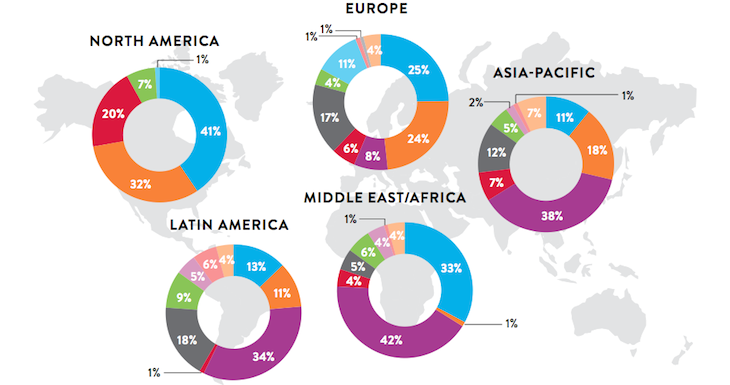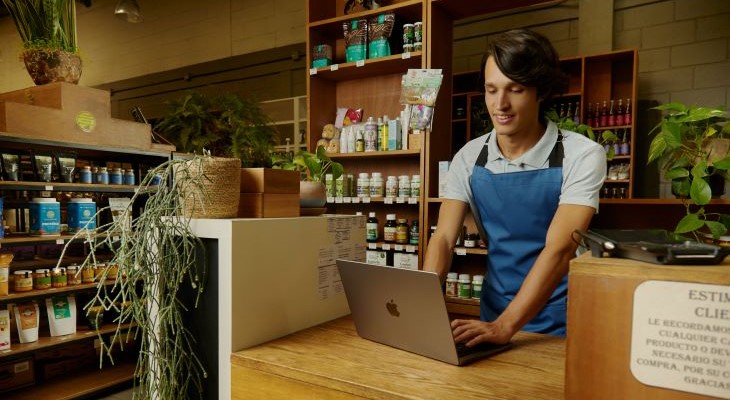
“Channel hopping” is a well-established practice in the new multi-channel consumer, who easily goes from discount stores to supermarkets, from the farmers’ markets to online stores for his purchases, but with which rationale? Investigating the intricacies of the mind of this new anthropological species is the latest Nielsen retail and e-commerce “The Future of Grocery” survey, carried out on 30 thousand consumers in 60 countries. Which also it reveals that, while the large stores for now remain dominant, small stores (and it is no surprise: we see it also with our neighbourhood supermarkets) are the most dynamic. In terms of value, super and hypermarkets account for 51% of global sales. The survey highlights the regional differences, but the smaller stores, small supermarkets and traditional stores, have grown more in the last 12 months (4 to 6% compared to 2% for the larger stores). “Worldwide we are seeing the growth of neighbourhood retailing – said Patrick Dodd, President, Global Retailer Vertical, Nielsen – In the eyes of the global consumer, at the moment, small is beautiful”. The influence of e-commerce on the concept of proximity and convenience is evident, but the fact remains that the smaller stores are growing in all markets, developed or developing, and are mainly used for small urgent purchases or particular products.  It is therefore interesting to consider how the product category in fact influences the choice of channel for “physical” shopping. In mature markets, where 61% of sales in large stores are concentrated on personal hygiene products, 62% on food and beverages and 79% on household products, convenience stores have interesting market shares of approximately 20%. In all three categories, the highest growth was recorded in small stores, with a tendency to fragmentation. In the food sector, it is precisely traditional stores and kiosks that are meeting the needs of speed and convenience.
It is therefore interesting to consider how the product category in fact influences the choice of channel for “physical” shopping. In mature markets, where 61% of sales in large stores are concentrated on personal hygiene products, 62% on food and beverages and 79% on household products, convenience stores have interesting market shares of approximately 20%. In all three categories, the highest growth was recorded in small stores, with a tendency to fragmentation. In the food sector, it is precisely traditional stores and kiosks that are meeting the needs of speed and convenience.  Price above all, but also product quality influences “channel hopping”.
Price above all, but also product quality influences “channel hopping”.  “Large supermarkets and hypermarkets are important players in the global retail landscape, and will continue to be so in the future – said Dodd -. But smaller stores have an important share in certain categories and are growing in others. Distribution efforts should focus on a mix of both, understand where the consumer buys and for which categories, provide the necessary insight to develop more precise distribution strategies for each market”.
“Large supermarkets and hypermarkets are important players in the global retail landscape, and will continue to be so in the future – said Dodd -. But smaller stores have an important share in certain categories and are growing in others. Distribution efforts should focus on a mix of both, understand where the consumer buys and for which categories, provide the necessary insight to develop more precise distribution strategies for each market”.




